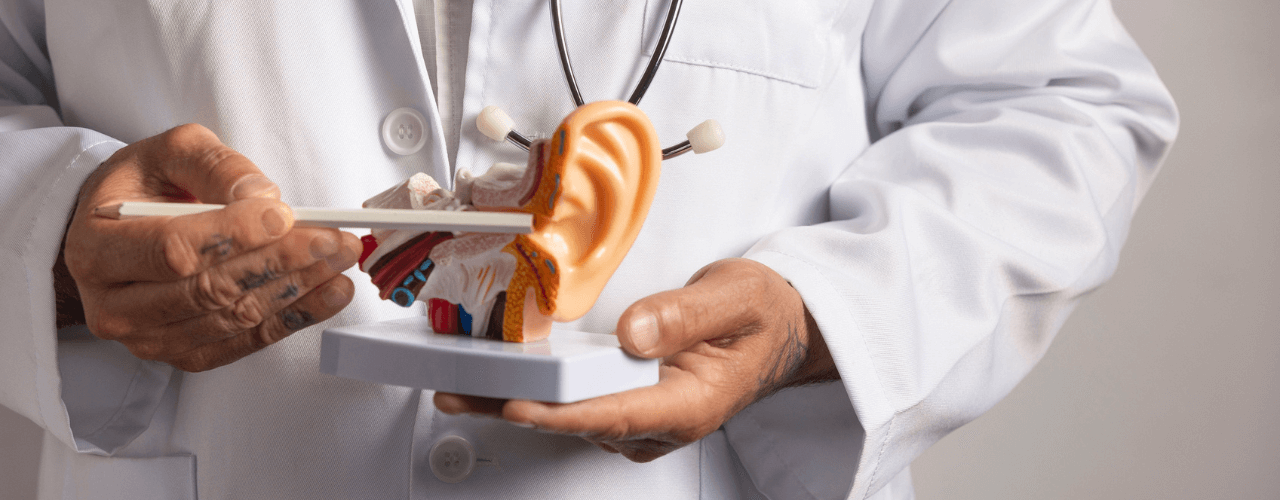Top 5 Effective Sinus Pain Treatment Strategies
Sinus pain often begins as a mild discomfort but can quickly become a persistent and draining problem. Many people search for sinus pain treatment when congestion, facial pressure or headaches start to interfere with sleep, work or general comfort. Identifying the cause of your symptoms and knowing which treatments are available, both at home and through specialist care, can help you take control before things worsen.
1. Nasal Irrigation to Clear Blockages
A blocked nose is one of the most common causes of sinus pressure. Nasal irrigation offers a simple way to ease this by flushing out mucus, dust and allergens from the nasal passages. Using a saline solution, this technique helps reduce swelling and clear the pathways between the nose and sinuses.
It can be particularly helpful if you are experiencing:
- A persistent blocked nose
- Thick mucus difficult to clear
- Mild facial discomfort or pressure
- Ongoing hay fever symptoms
You can buy saline rinses at most pharmacies or prepare your own with cooled boiled water and salt. Bulb syringes or squeeze bottles are typically used to apply the solution.
When using nasal irrigation:
- Always use sterile or boiled water that has cooled
- Rinse the device after each use and allow it to air dry
- Avoid sharing equipment with others
- Use once or twice daily during symptom flare-ups
Although safe for most people, this method isn’t suitable if you have recently had nasal surgery or if you experience nosebleeds regularly. If symptoms don’t improve after a few days, it's time to consider further evaluation.
2. Steam Inhalation for Moisture and Comfort
Steam inhalation adds moisture to the airways, which can thin mucus and ease sinus congestion. Breathing in warm steam may also help relax sinus tissues and relieve pressure around the eyes, cheeks and forehead.
You can try this method by:
- Filling a bowl with hot water, leaning over it and covering your head with a towel
- Taking a hot shower and inhaling deeply through the nose
- Using a home humidifier, especially during colder months when indoor heating dries out the air
Adding menthol or eucalyptus oil to the water can increase the sensation of relief, although not everyone finds this helpful. Essential oils should be used cautiously and never applied directly to the skin or taken internally.
Steam inhalation works well as a short-term relief method, especially during colds or when airways feel dry and tight. It should be combined with other supportive measures for longer-lasting results.
3. Over-the-Counter Relief and Monitoring Symptoms
Many people try pharmacy treatments before seeing a doctor. These options can provide temporary relief while monitoring symptoms for changes.
Options include:
- Nasal decongestant sprays (used for no more than three to five days)
- Antihistamines if allergies play a role in your symptoms
- Paracetamol or ibuprofen for headaches and facial pain
- Saline nasal sprays to keep the nasal passages moist and clean
When using over-the-counter products:
- Always read the label and follow dosage instructions
- Limit the use of decongestants to avoid rebound congestion
- Speak to a pharmacist if you take other medication or have health conditions
Keep an eye on the pattern of your symptoms. You should seek specialist assessment if:
- Symptoms last longer than 10 days without improvement
- Pain worsens when bending forward
- Mucus becomes thick and green or yellow
- You experience swelling around the eyes or forehead
- Pain is only present on one side of the face
These signs may point to a bacterial infection or structural issue in the sinuses, both of which need proper investigation.
4. Medical Sinus Pain Treatment Options
When self-care and pharmacy treatments fail to control symptoms, a specialist can offer further options. ENT consultants assess the whole nasal and sinus system to uncover what’s contributing to your symptoms and provide tailored guidance.
Medical treatments may include:
- Prescription-strength nasal sprays, including corticosteroids to reduce inflammation
- Oral antibiotics if bacterial sinusitis is confirmed
- Antihistamines or steroid tablets for severe allergic inflammation
- Referral for allergy testing where relevant
- Nasal endoscopy to look directly into the nasal passages and sinus openings
In many cases, sinus pain stems from a combination of factors. For example, someone may have allergic rhinitis alongside a structural issue such as a deviated septum. Treating one without addressing the other may result in temporary relief, followed by return of symptoms.
Specialists also have access to diagnostic tools such as:
- CT scans to detect sinus blockages, infections or anatomical abnormalities
- Nasal culture swabs to identify persistent infections
- Tests for underlying immune issues or allergies
These tools help refine the treatment approach and avoid unnecessary medication.
5. Considering Sinus Surgery for Long-Term Relief
If sinus pain persists despite medication and lifestyle adjustments, surgery may offer a more lasting solution. ENT consultants typically recommend surgery when symptoms significantly impact quality of life and when medical therapy has been exhausted.
Common surgical options include:
- Endoscopic sinus surgery: Minimally invasive surgery that opens blocked sinus passages to improve drainage
- Septoplasty: A procedure to straighten a deviated nasal septum
- Polyp removal: Removal of soft tissue growths that obstruct airflow and drainage
- Balloon sinuplasty: A technique that uses a small balloon to widen sinus openings
These procedures are often performed as day cases and involve only short recovery periods. Your ENT consultant will guide you through the risks and benefits, and most patients notice significant improvement in breathing and symptom control after recovery.
It’s important to remember that surgery is not a quick fix for everyone. Long-term management may still include nasal sprays, allergy treatment or environmental changes to maintain results.
Supporting Sinus Health in Everyday Life
Preventative care plays a key role in reducing sinus flare-ups and supporting treatment outcomes. The following habits can reduce triggers and improve sinus health:
- Stay hydrated to keep mucus thin and flowing
- Use a humidifier if your indoor air is dry
- Avoid exposure to cigarette smoke or strong chemical fumes
- Wash your hands regularly to reduce infection risk
- Manage seasonal allergies with suitable treatment
- Keep your home environment clean and dust-free
If you travel frequently or work in environments with dry or polluted air, small adjustments like using a saline nasal spray or taking breaks outdoors can reduce irritation.
When to Seek Help
It’s easy to overlook sinus pain in its early stages, especially when symptoms come and go. However, if facial pressure, congestion or discomfort become part of your routine, it’s worth speaking to a specialist. Early intervention can reduce the risk of chronic sinusitis, improve your sleep, and restore comfort in daily activities.
Contact Harley Street ENT Clinic today to book a consultation with a sinus specialist. From advanced diagnostic tools to personalised treatment strategies, their team is ready to help you find lasting relief and regain control of your health.












